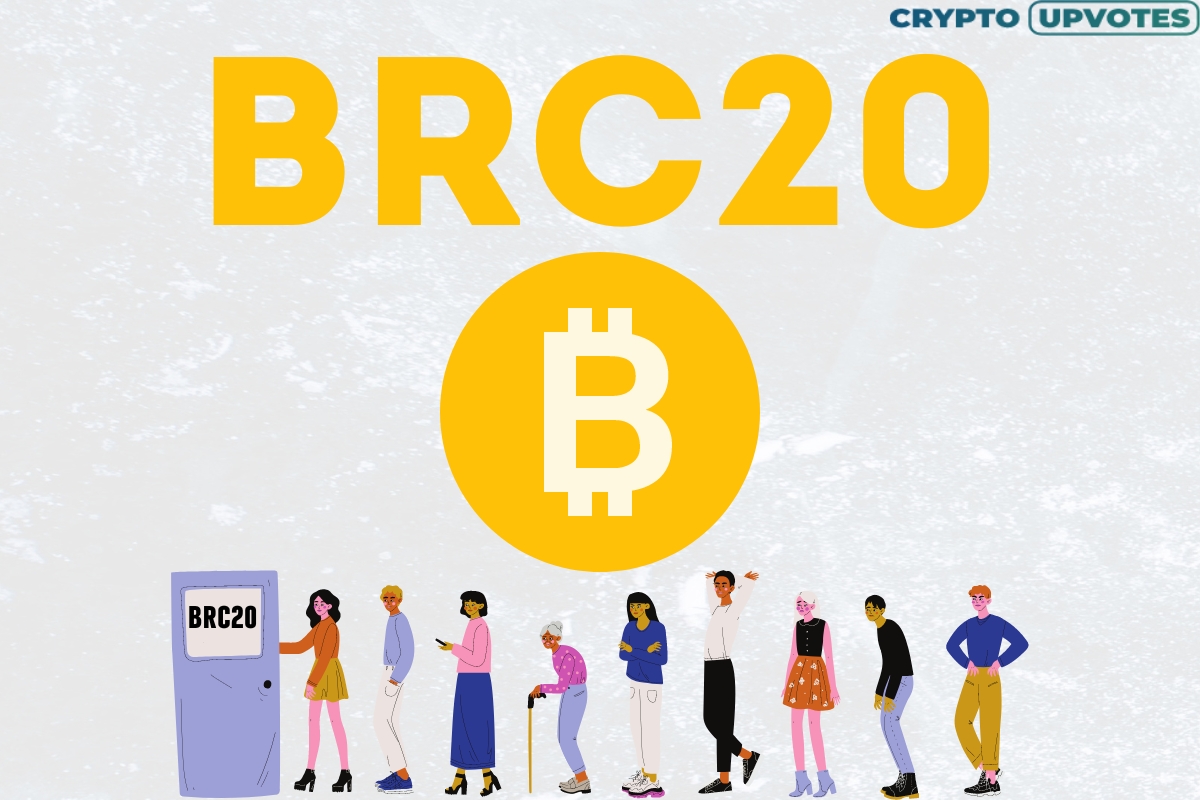How the Lightning Network project solves the main problem of Bitcoin
Lightning Network protocol allows cryptocurrency payments almost instantly and without fees. Our experts tell us how the solution works, who supports it. And why it is not yet popular in the crypto market
When the Bitcoin blockchain was flooded with memcoins in BRC-20 token format in early May. The cryptocurrency faced congestion and prohibitively high fees. The world’s largest cryptocurrency exchange, Binance, was forced to shut down the ability to withdraw Bitcoins twice a day. Until an acceptable level of load on the network returns. Representatives of the exchange announced that its development team is working on integrating transfers through a solution called Lightning Network. Which, in their words, “helps well in such situations.”
The Lightning Network (LN) protocol is Bitcoin’s scaling system, acting as one solution to the problem of its limited bandwidth. With its help it is possible to carry out almost instant transfers of coins with minimal commissions.
The protocol concept was first introduced in a technical paper titled Lightning Network for Bitcoin: The Bitcoin Lightning Network: Scalable Off-Chain Instant Payments in 2015. It was authored by developers Joseph Poon and Thaddeus Drija. Since Lightning Network’s inception, the developer community has been working collectively to improve both the protocol itself. And on applications and tools that support LN transactions.
How it works
If we think of Bitcoin as a huge highway. And where countless vehicles (transactions) compete for limited space. The Lightning Network protocol acts as a dedicated lane. And which allows you to bypass a congested main road. This is achieved by creating special payment channels. In which transactions can take place instantly, with minimal fees and without the need to write each of them to the Bitcoin blockchain.
To open such a channel, participants in a coin transfer create a common address and fund it with a certain amount in Bitcoins. They can then transfer funds to each other. And the balance data on their addresses will be updated within the channel. When they close the channel, the final balance will already be written to the Bitcoin blockchain as a separate transaction.
Payment channels can be created using wallets or other Lightning Network enabled software. You can use someone else’s channel as an intermediary for transfers. And in this case, the one who opened it will receive a small commission. Since the transactions take place outside the blockchain. It is impossible to identify a separate identifier for a particular transfer. Or see its data in the blockchain browser.
What prevents this project from distributing
Despite the existing way of solving one of Bitcoin’s major problems. The Lightning Network protocol is still a long way from mass adoption. Both for private users and for businesses. The technical complexities involved in creating and managing the channels act as a significant barrier for ordinary users. LN-enabled cryptocurrencies. These tend to be non-commercial developments that suffer greatly in interface design and user experience (UX).
In addition, the lack of standards for protocols hinders the interoperability of LN-enabled software developed by different teams. This makes it difficult to connect new users. And integrating the protocol into large platforms, whose owners are obviously interested in cheaper and faster coin transfers. Another problem is the limitation of liquidity in channels. Participants are forced to block a certain amount of Bitcoin in the channel. And that in itself limits the amount of funds available for transfer and reduces the usefulness of the protocol as a whole.
The relative newness and limited acceptance of the Lightning Network creates a certain paradox. The fact is that few people trust the protocol without its widespread adoption. And its diffusion, in turn, is constrained by the relatively small number of stakeholders willing to use it.
This is largely due to the fact that the Lightning Network is itself a non-profit project. And its infrastructure development is done by volunteers. The opposite is the case with Ethereum. For example, network scaling projects like Polygon, Arbitrum, Optimism, zkSync. And others have already formed an entire industry and are worth billions of dollars.
Projects and investments
However, investors are supporting projects that integrate Lightning Network into their payment solutions. In August 2022, Lightning Labs raised $80 million in funding to develop the Taro. Which allows transactions with stablecoins using the Lightning Network. Investors in the project include former Twitter CEO Jack Dorsey and Robinhood payment company CEO Vlad Tenyev.
Also in the same period, the investment round was held by Strike. It managed to attract $80 million, which it will use to establish partnerships with major retailers to connect its own wallet. As well as acquiring for retail outlets on the basis of LN. Investors have cumulatively invested about $10 million in Amboss and Mash platforms. And both are also building LN-based payment solutions.
Bitcoin’s scaling is one of the cryptocurrency’s biggest challenges. As fees and network load increase, solutions to optimize transfers will become more and more relevant. The Lightning Network protocol is quite well-known in the community. But there are still a lot of things hindering its diffusion.
Simplifying user interfaces. And promoting interoperability and improving the overall user experience. These are also important steps toward making Lightning Network technology more accessible. Improving liquidity management and security measures. Just as important to instill confidence in users of this protocol.











